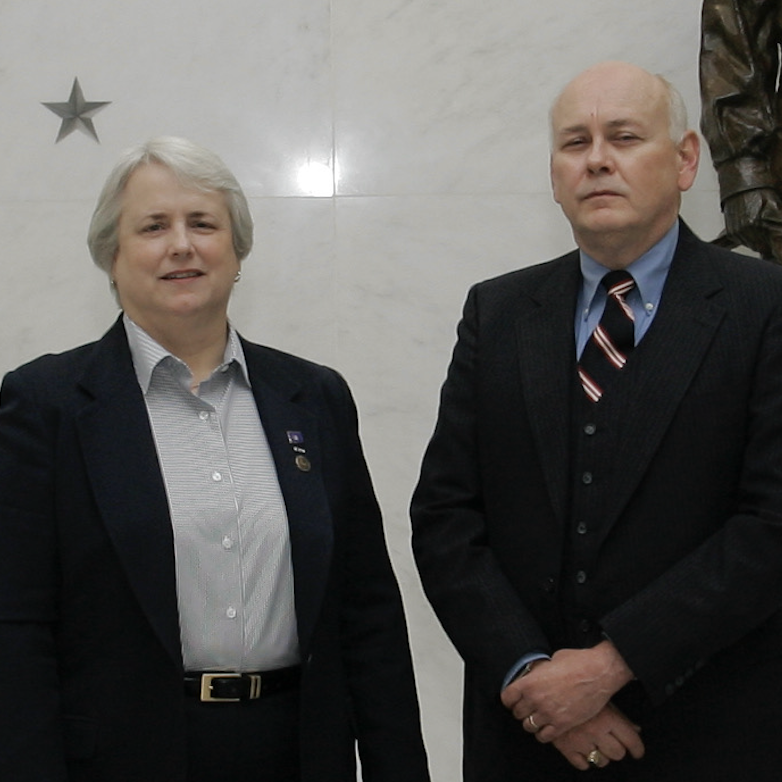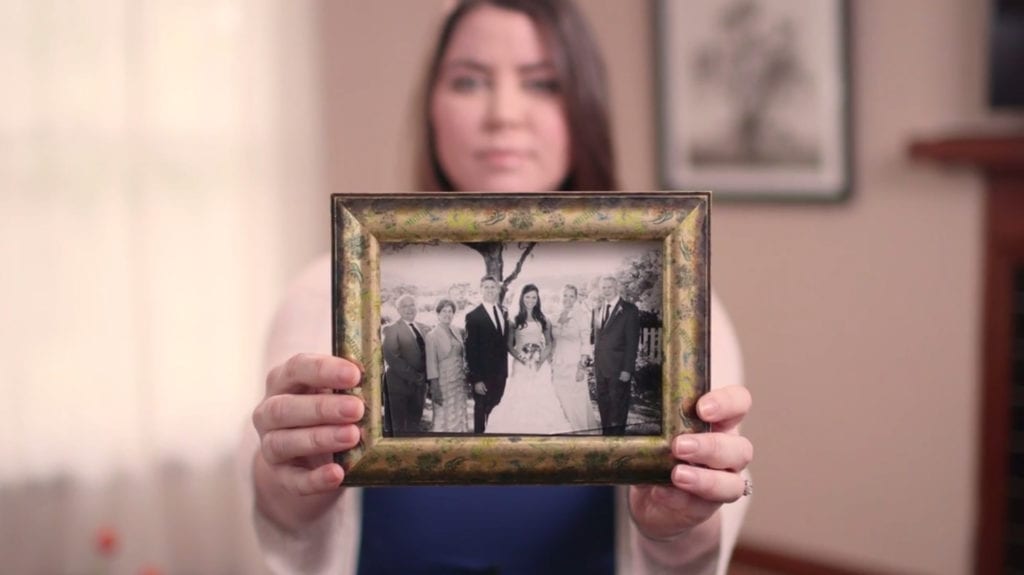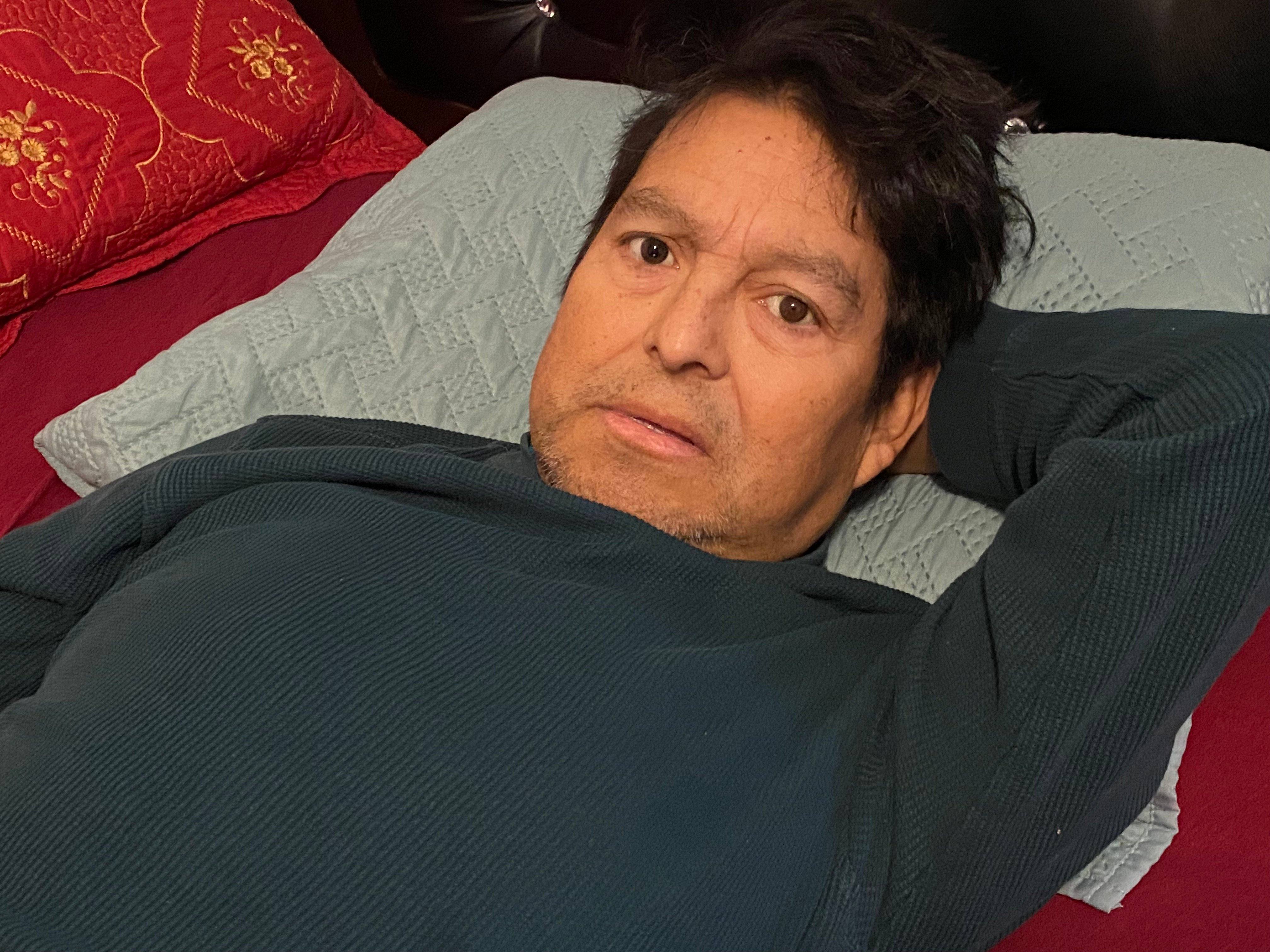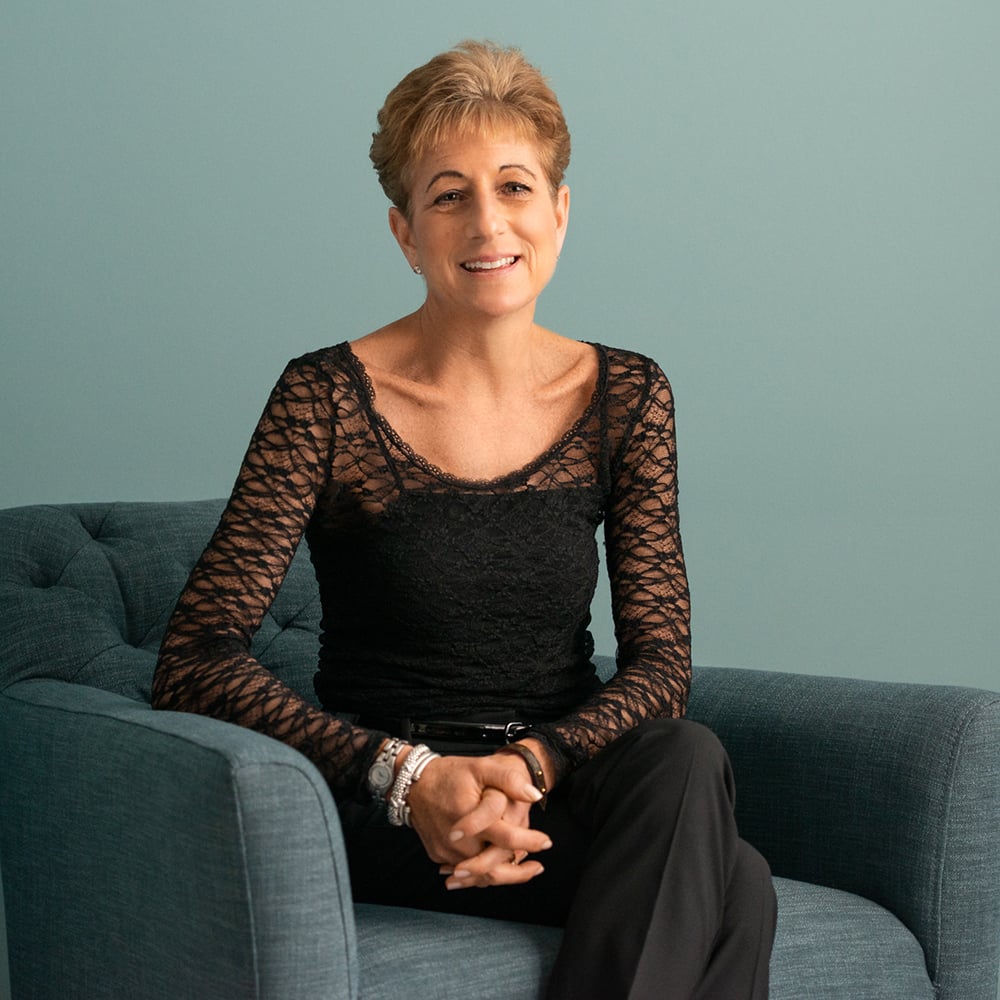Helen shared her story in February 2022.
For most of his life, my husband Jonathan was extremely tolerant of pain. His stoicism might have had something to do with his upbringing as a military kid. His father was in the U.S. Army during the Cold War in Europe, living in places where there were huge armored divisions that would parade through towns on their way to their bivouacs for exercises. Unsurprisingly, Jonathan went on to a long career with the U.S. government. That’s how we met: I was working in intelligence, he was working in administration and security.
Jonathan loved military equipment, and together we went to lots of museums throughout the country looking at displays of aircraft and armor. He’d tell me all about it and I struggled to remember everything he said. We’re probably the only people on the planet who went to the National Museum of the U.S. Air Force in Dayton, Ohio, on our honeymoon.
In February of 2019, Jonathan started having pain in his back and lower abdomen. It was bad enough, even for him, that he asked me to take him to the emergency room where they did a CAT scan and blood tests and diagnosed him as having an infection in his ileum, the lining of the lower intestinal tract. So we went to our gastroenterologist, who prescribed a painkiller, but it didn’t work. The pain continued.
Two months later, Jonathan went in for his routine annual physical and mentioned his back pain. The doctor prescribed exercise, Aleve and a muscle relaxant, and ordered an X-ray of his spine. Jonathan also saw the gastroenterologist, who now diagnosed him with Crohn’s disease. He wanted to get an MRI, but Jonathan could not lie down long enough for an MRI to be completed; due to his intense pain, he could barely last a minute. And the X-rays weren’t showing anything.
Finally, in June, we were able to coordinate getting an MRI with anesthesia so that Jonathan could lie down for the length of the scan. Three days after the MRI, we got the news that he had lesions on his spine. The cancer had spread elsewhere, too — it was metastatic.
Cancer ran in Jonathan’s family. Both his parents died of it. You would think that someone like me, with 40 years of experience as an intelligence officer, would have anticipated something like this and done some advance preparation. I didn’t. He didn’t. We were completely unprepared.
His cancer was advanced enough that we were immediately connected with hospice, and the next day we had our first visit from a hospice representative. Jonathan clarified to me and to the hospice rep that he did not want to die at home. At that point we had only been in our house for a couple years, and he wanted me to be able to live there after he passed without being surrounded by reminders of his dying days. So he requested that hospice arrange for palliative sedation at their facility, and the hospice representative acknowledged that that would be possible.
Halfway through his final month, he and I had a long conversation about how he was ready to go. He did not want to endure the pain he was in any longer. He even said that if it were within his power, he would shoot himself. He was that miserable. Had Virginia had the option of medical aid in dying, Jonathan would not have had to contemplate something so terrible because he could have seen an end to his intense pain. Even if we had been willing to leave Virginia, the state that had been our home for going on five decades, there was no time to establish residency in a state where medical aid in dying was authorized.
I know that for most people, hospice is a heaven-sent blessing. Unfortunately, our experience was to the contrary. The hospice company we used was not communicative about what supplies or equipment we would need, but worse than that was their inability to agree on whether or not they would provide palliative sedation for Jonathan at their facility. As he was approaching the end of his life, I was told that hospice would provide “crisis care” to assist me in caring for him in his last days, but then when I called to request it, we were denied.
So instead, we rode out those last couple of weeks the best way we knew how. He was in considerable pain, despite his medications, which included Fentanyl. He kept asking me to provide him with dosages before they were due. He would find the least uncomfortable position he could manage and tried to stay in it for days on end, listening to me read aloud or to the same documentaries about World War II over and over and over. I suspect there were times when I thought he was asleep when really, he was just sitting there, wishing that he were dead.
Jonathan died one month after he was diagnosed. Despite his stated preference, despite hospice’s reassurances, Jonathan ended up dying at home with me as his sole caregiver. By the time I could have gotten a private care nurse, he was gone.
Looking back, I believe many factors contributed to an end-of-life experience that was not what Jonathan wanted, from the contradictory guidance we received from different specialists to poorly managed hospice care, as well as our own lack of preparedness. Yet in one extremely uncomfortable sense, Jonathan was lucky. There are many people who are ill, in pain, and facing an inevitable death for not just a few weeks, but for months. And I cannot imagine anyone having to endure that. Medical aid in dying would be a compassionate option and natural choice for people in such terrible situations. To Virginia legislators, I’ll say this: If your spouse were in the same position as my husband, and they had the option to die peacefully rather than waiting in misery for release, you would want them to have that option, too.






